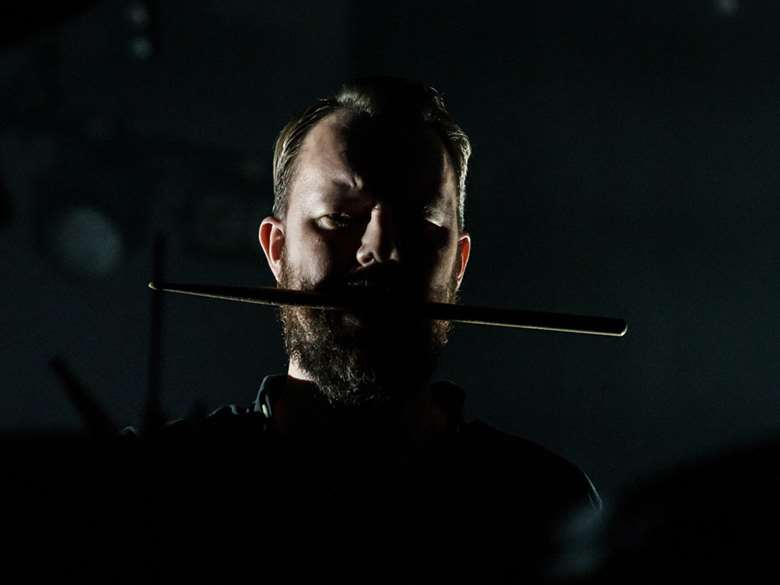Gard Nilssen: Multi-Faceted Lord Of Molde
Martin Longley
Friday, August 9, 2019
Martin Longley reports back from the Norwegian nexus of star names and alt. jazz adventure


Register now to continue reading

Thank you for visiting Jazzwise.co.uk. Sign up for a free account today to enjoy the following benefits:
- Free access to 3 subscriber-only articles per month
- Unlimited access to our news, live reviews and artist pages
- Free email newsletter